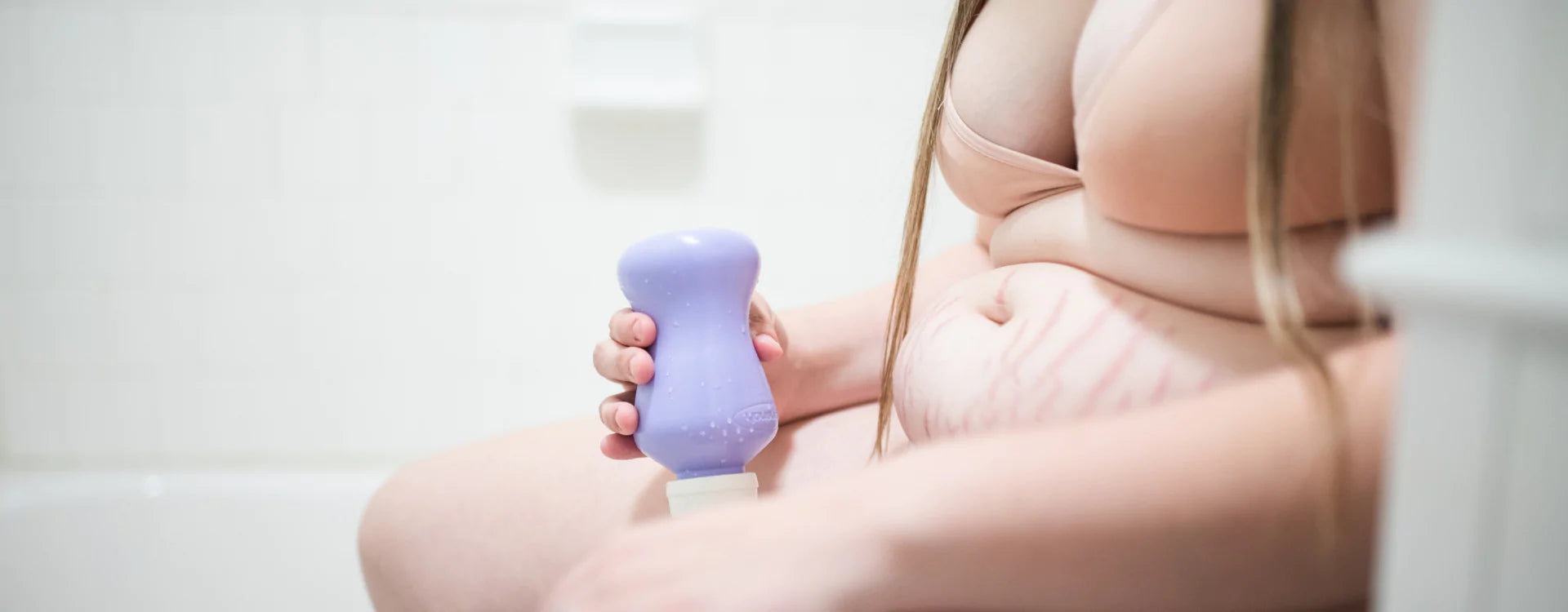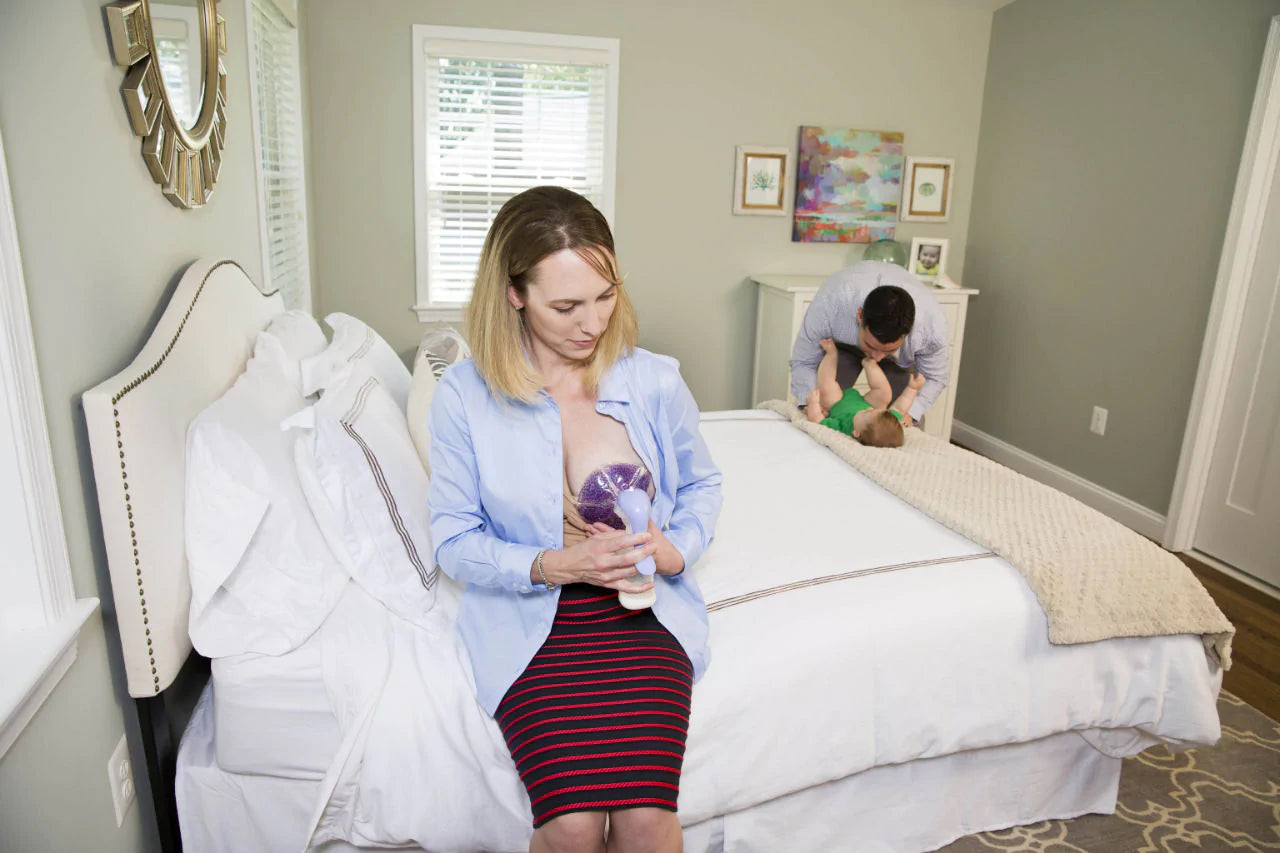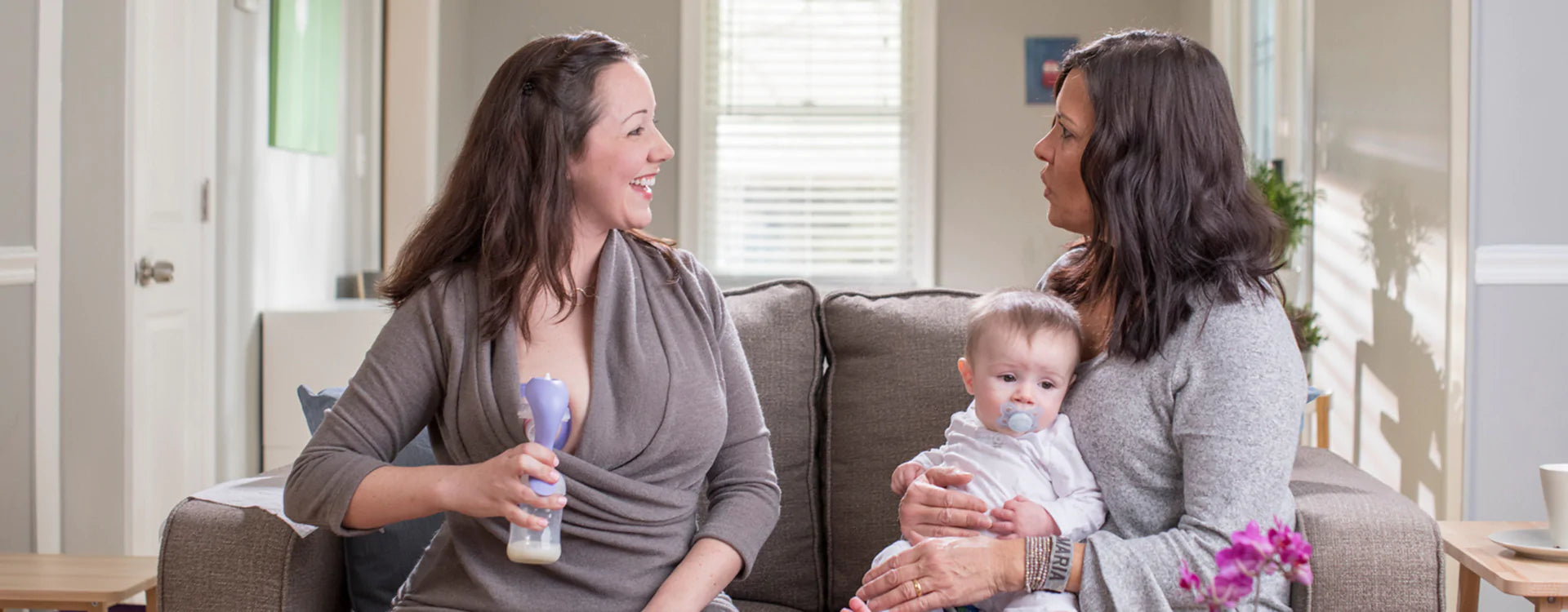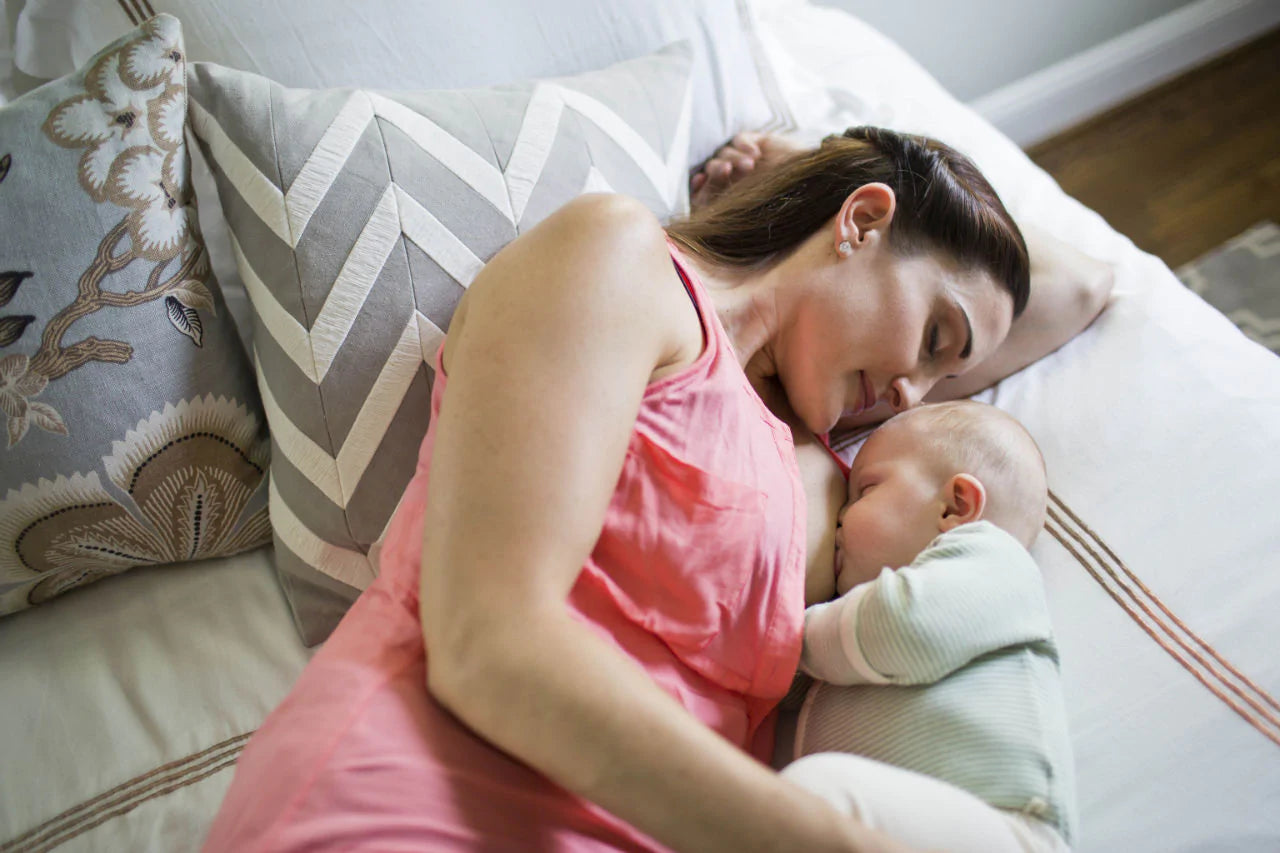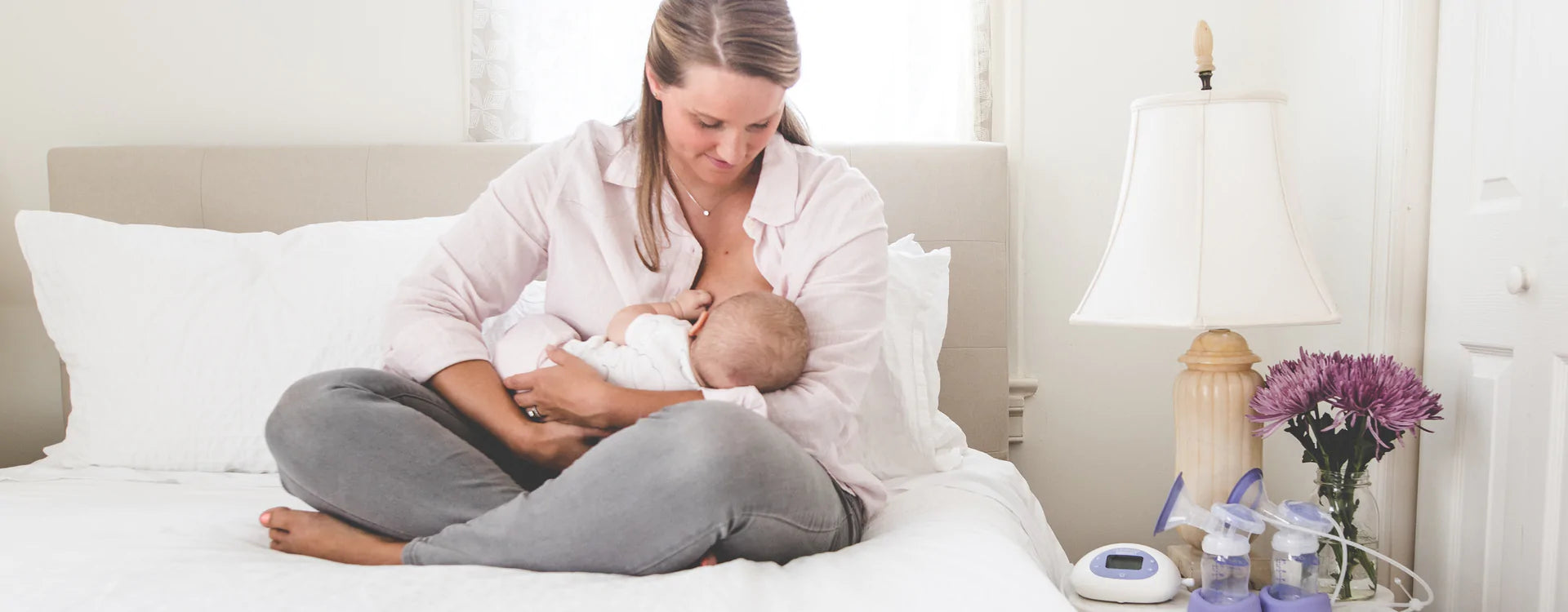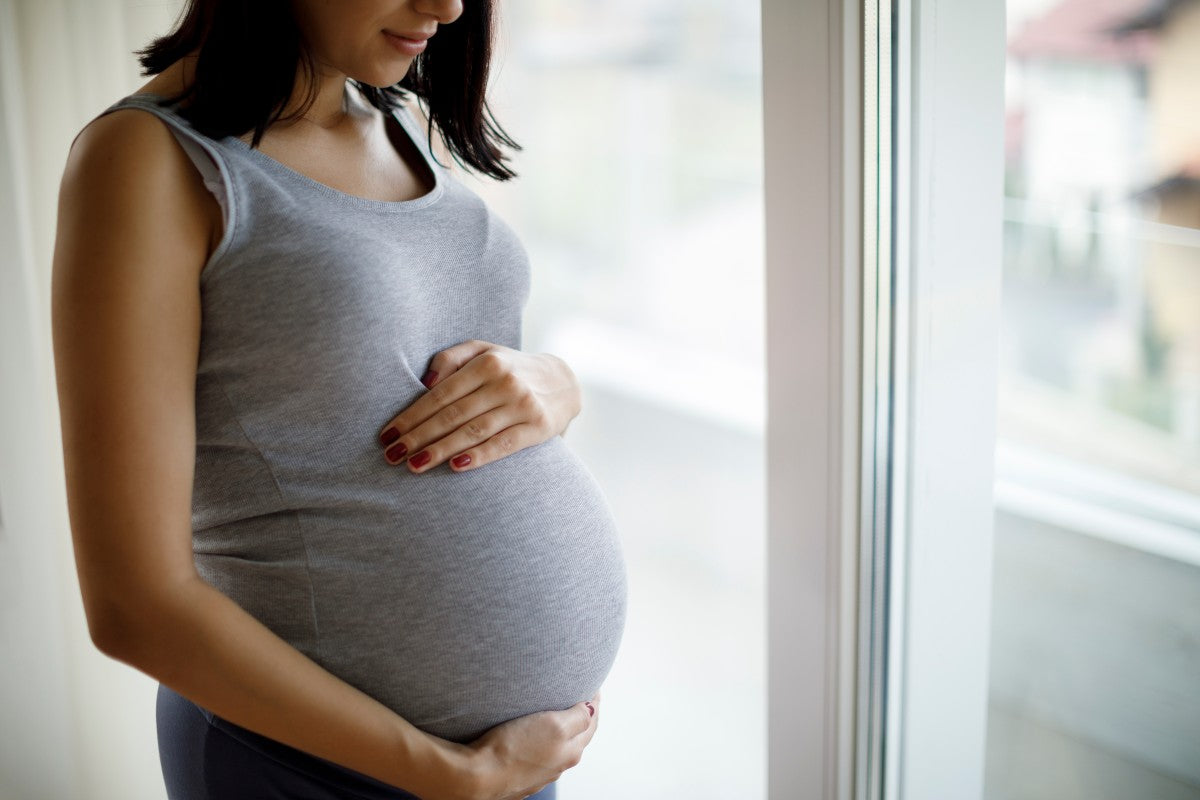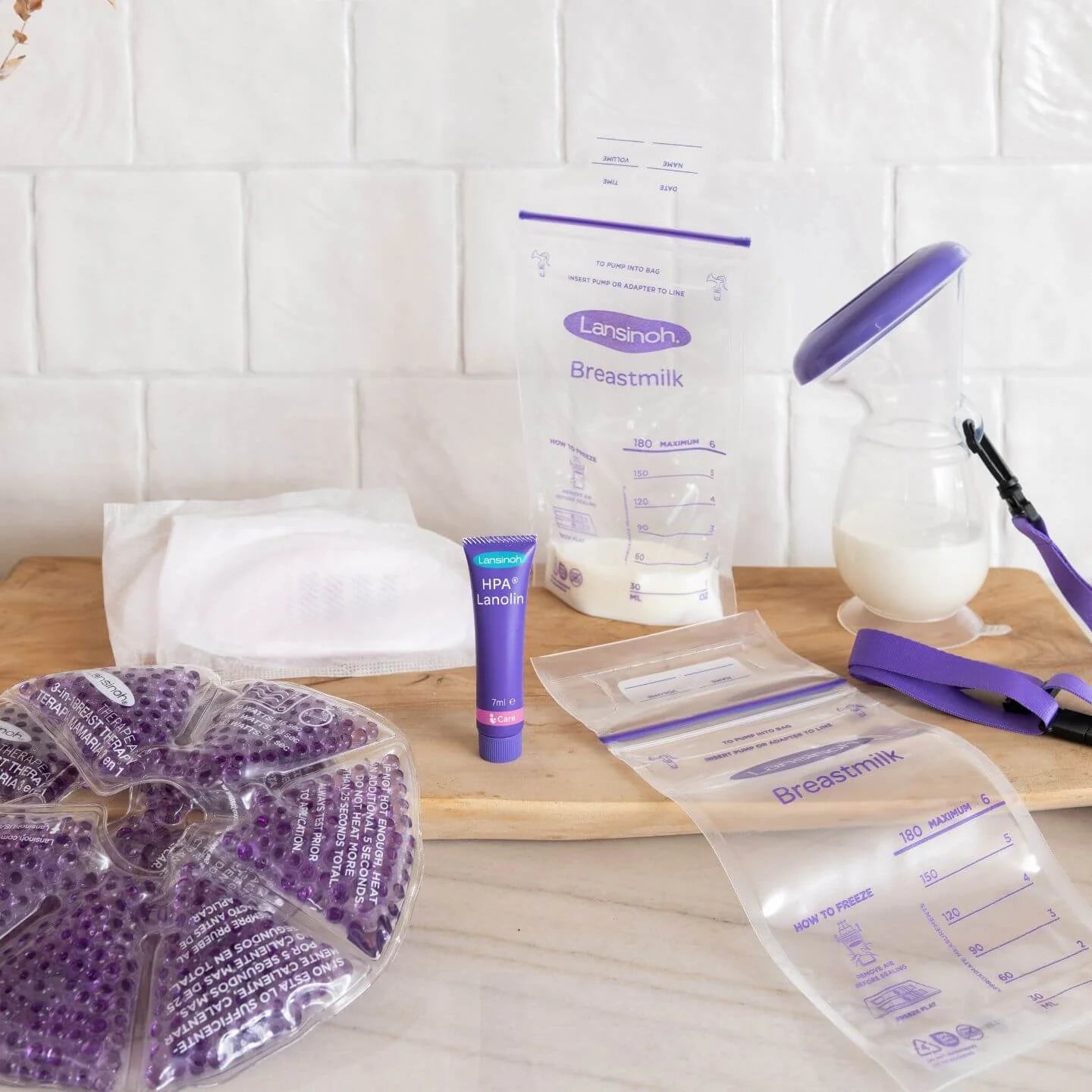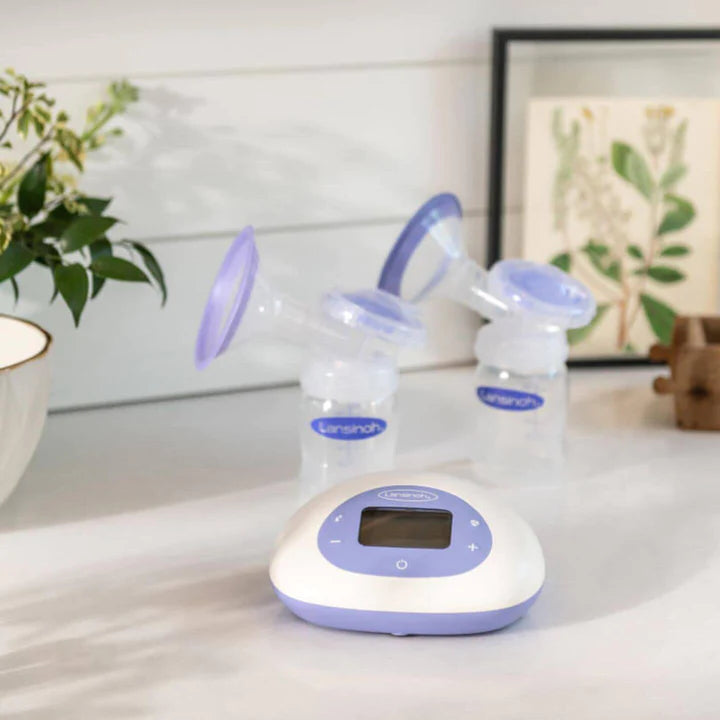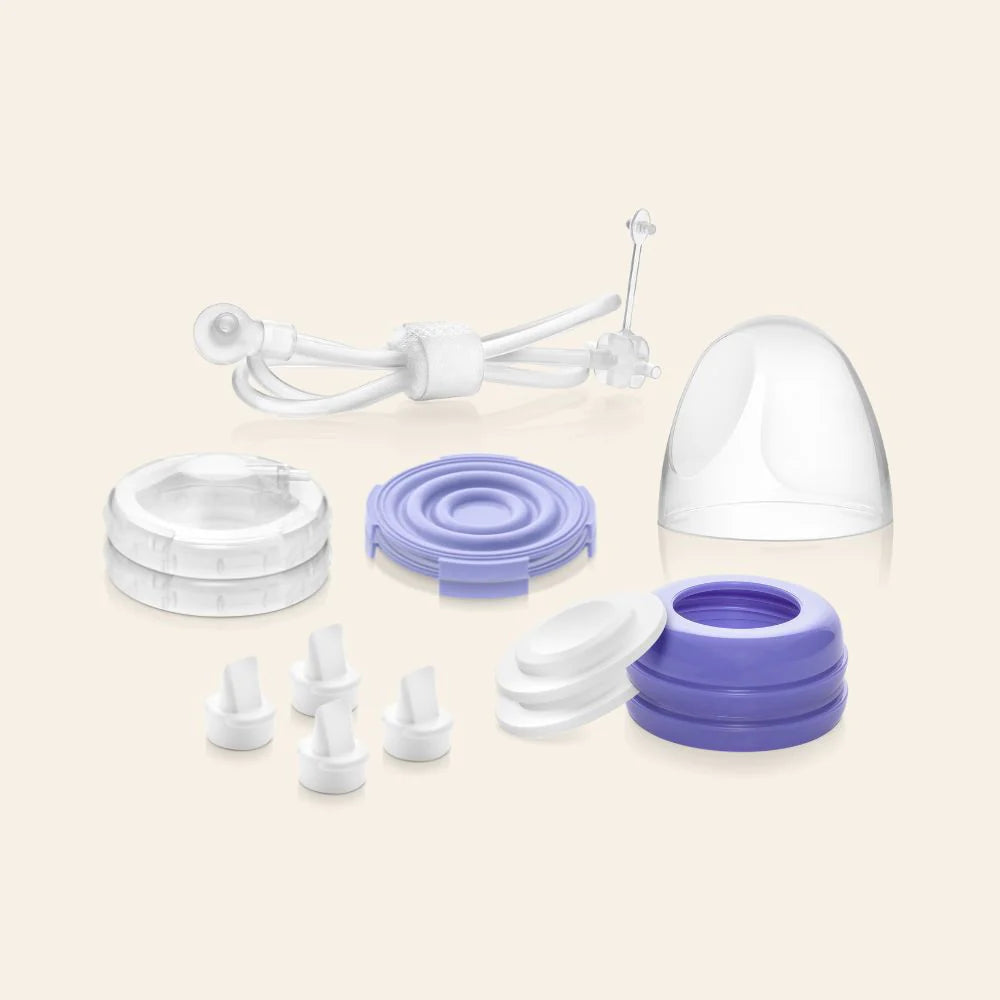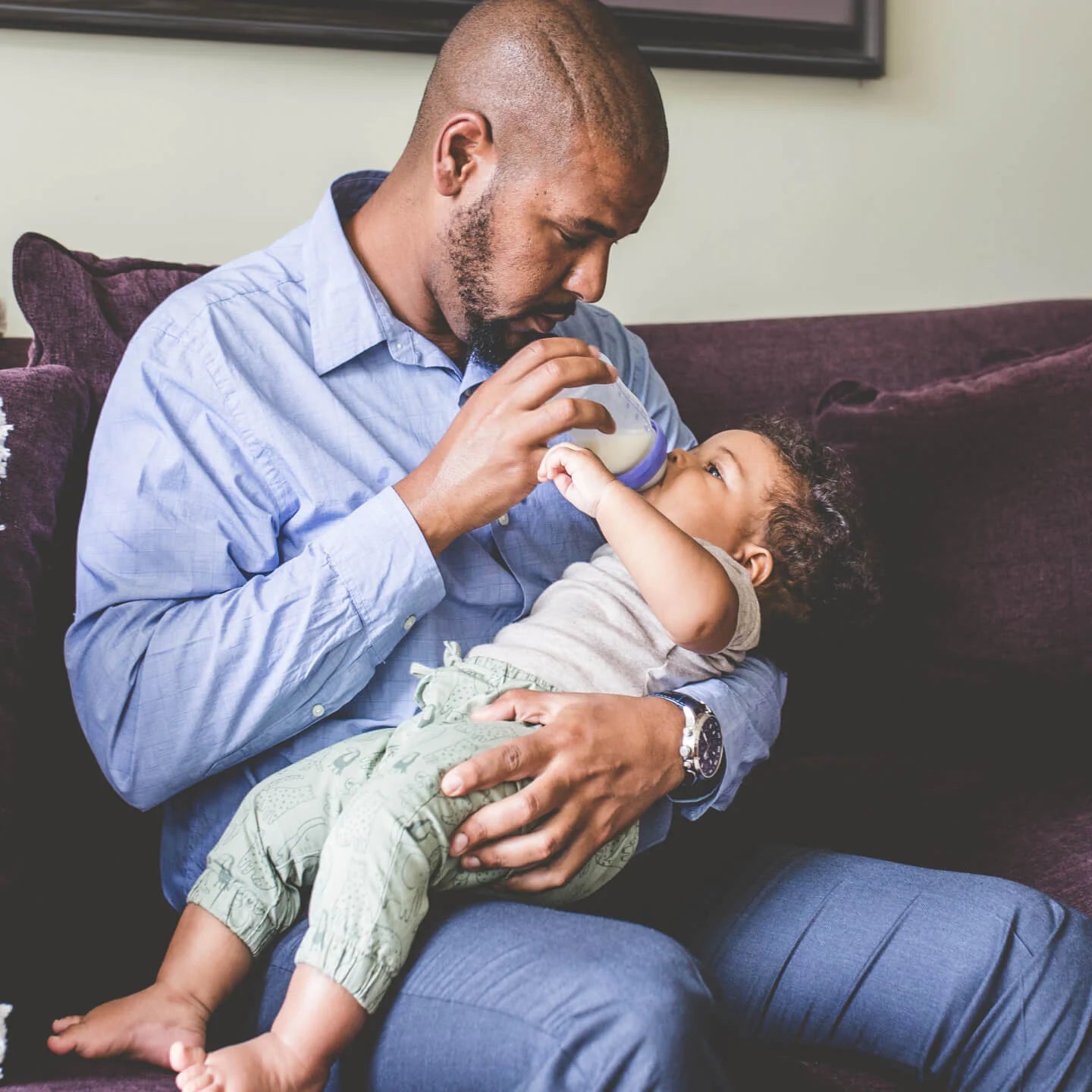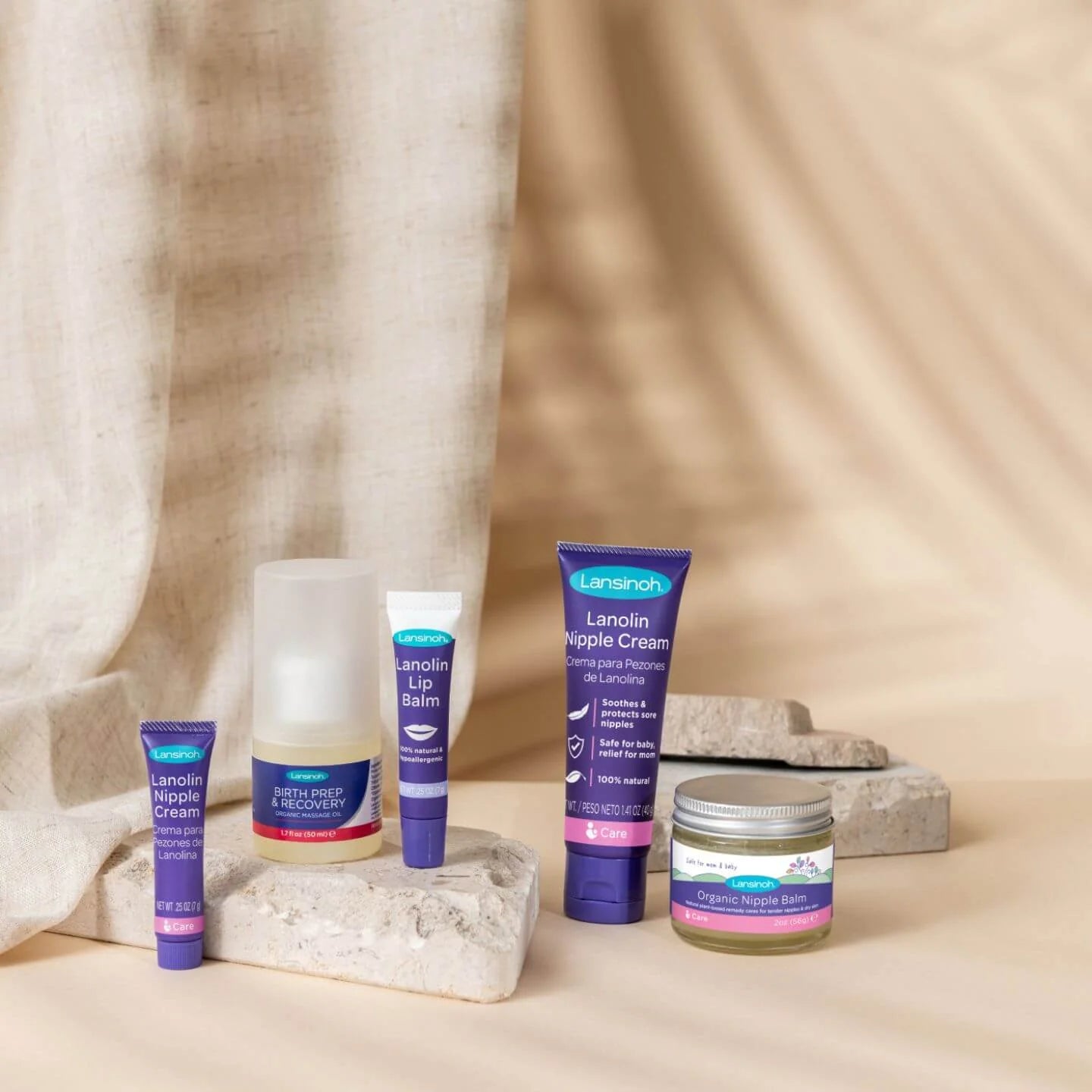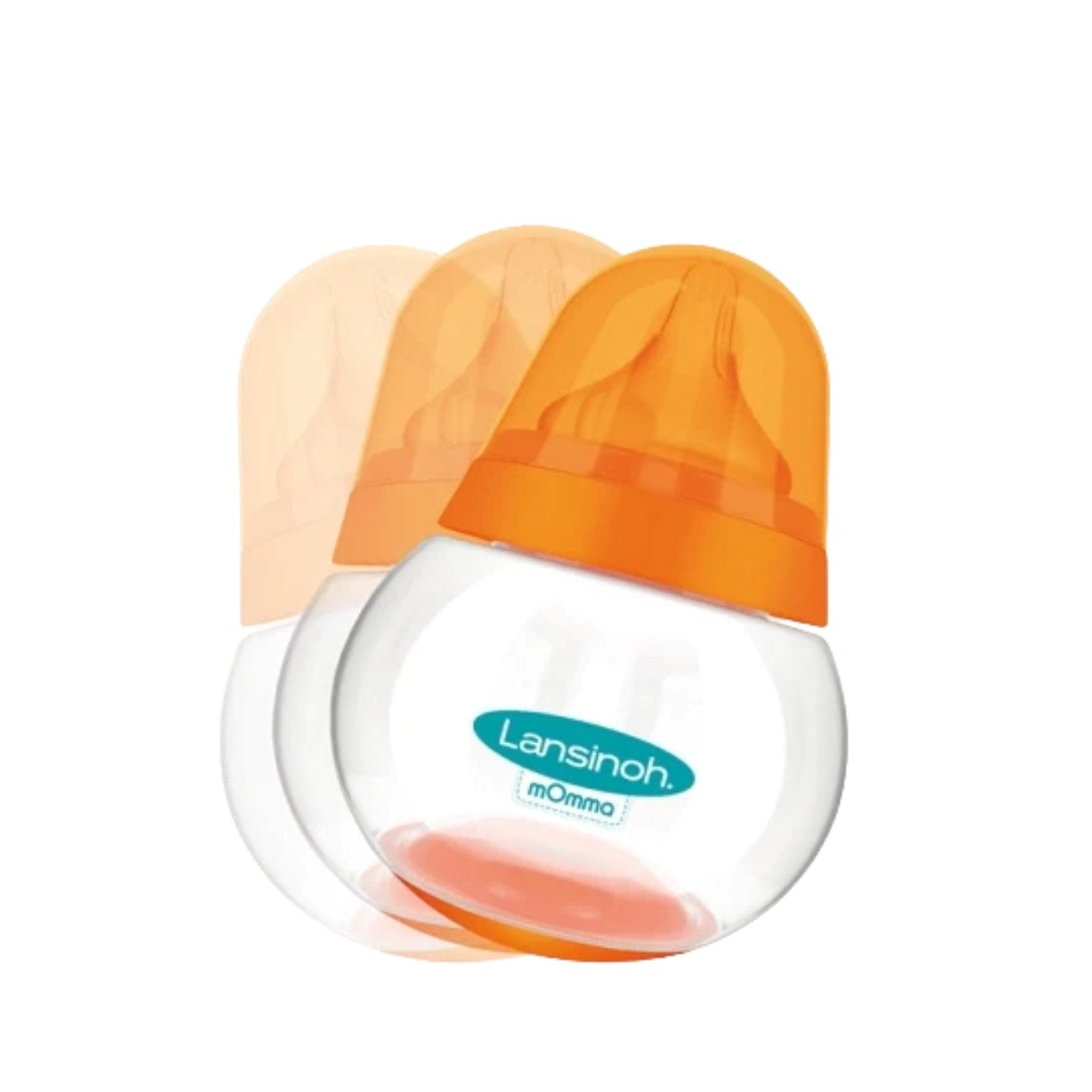Your first days and weeks at home with baby will likely be filled with a whole mix of emotions – from excitement to exhaustion, and everything in between. While you’re learning the ropes of new parenthood, you’ll likely also experience some pain or discomfort as you recover from birth.
As with pregnancy symptoms, each new mom’s experience is different. The degree of pain and how long it lasts will vary from person to person, according to the American College of Obstetricians and Gynecologists (ACOG). But whether you’ve had a vaginal or cesarean birth, there are ways to find postpartum pain relief.
Your healthcare provider may prescribe or recommend medication to help you manage postpartum pain. But there are non-medication options available, too. Here is a look at what happens to your body after birth, and some of the most common ways to ease pain and discomfort during your recovery.
Uterine cramping
After birth, your uterus begins to shrink back to its original, pre-pregnancy size. As a result, you may feel some cramping and discomfort in your lower abdominal area. You may hear them called “afterpains,” and they feel like menstrual cramps. To relieve the cramping, apply a heating pad to your lower abdomen.
For first-time mom Kelsey, heat was essential in managing her pain and discomfort. “Immediately afterwards, the cramping was awful. One of the nurses brough me a heating pad, [and] that helped,” she explains.
Breastfeeding can actually speed up this process. “You may notice more pronounced uterine cramping if you’re breastfeeding, especially in the first few days after birth,” explains Dr. Nicole Calloway Rankins, a board-certified ob/gyn. “That’s because nipple stimulation during breastfeeding helps to stimulate the release of oxytocin, your body’s feel-good hormone. The release of oxytocin causes your smooth muscles, including your uterus, to contract.”
Pain “down there”
Then there is your perineum, the area between the anus and the vaginal opening. During childbirth, the perineum relaxes and stretches to allow your baby’s head to pass through the vagina. This can leave your perineum swollen and tender. You may also have had stitches to repair a perineal tear or episiotomy, which may feel itchy. Sitting, urinating, and using toilet paper may be pretty uncomfortable until this area heals.
Caring for your perineum is twofold: keep it clean and keep it cool. “To begin, you’ll want to make sure the perineal area stays clean,” says Dr. Rankins. Instead of wiping with toilet paper, she suggests using a wash bottle designed for postpartum care. The bottle will spray a gentle stream of water to clean the area after you use the bathroom, then you can pat dry. This can also reduce the stinging many women experience during urination.
To reduce perineal pain and swelling, turn to cold therapy. This will also help with hemorrhoids, which can develop from pressure on the perineum during your pregnancy and birth. Apply a cold pack for up to 20 minutes at a time, allowing at least an hour between uses. According to ACOG, this is most effective in the first three days after birth.
Some moms find that soaking in a sitz bath and applying a pain-relieving or cooling spray help soothe the perineal area, too.
Mom Amanda experienced a second degree tear when she had her daughter. She explains her recovery was, “better than I expected… I handle pain, but I still don’t like it. I was fully prepared to be uncomfortable for a long time.” Thankfully for Amanda, she found a pain-relieving spray helped to aid in her recovery. “It was a cooling spray, which [helped to make] me not as uncomfortable.”
Cesarean incision
If you have a cesarean birth, you’ll want to keep your incision clean. Follow any directions your healthcare provider gives you about incision care. It’s common for the incision site to feel itchy as it heals. A cold pack or heating pad come in handy here as well. You also may find it more comfortable to choose a breastfeeding position that does not put pressure on your incision, such as lying on your side.
Pay close attention to your cesarean incision site. “If you find the incision is red, swollen, or showing signs of infection, including discharge, call your healthcare provider to get it checked out,” Dr. Rankins advises.
Finally, sudden movements can do a number on your stomach as you heal from a cesarean birth. When you feel a cough or sneeze coming on, hug a pillow to reduce the pressure on your incision.
Constipation
Another common occurrence after birth is constipation. The key is to keep your stools soft and regular and to keep things moving through your digestive tract. The Mayo Clinic recommends drinking plenty of fluids and eating a high-fiber diet – think fruits, vegetables, and whole grains. Taking an over-the-counter stool softener can make bowel movements more comfortable.
For most women, these steps are usually enough to treat constipation. “But if you’re breastfeeding and stool softeners aren’t helping, check with your healthcare provider before taking any new medications,” says Dr. Rankins.
Breast and nipple pain
Finally, if you’re breastfeeding, it’s normal to feel some discomfort and sensitivity in your breasts and nipples. For many moms, nipple problems are the worst in the first week after giving birth.
“Struggles with infant positioning and latch are the most common causes of nipple pain during this time,” Dr. Rankins explains. “The hormonal changes in your body can also mean that your breasts and nipples become more sensitive after giving birth, which can add another layer of discomfort.”
As you gain more experience with breastfeeding and latching, nursing should become much more enjoyable for both you and your little one. Until you get the hang of it, use a nipple cream or gel pad for soothing protection. If problems or pain persist, reach out to a lactation professional who can offer one-on-one guidance and support.
First-time mom Bernadette remembers when her daughter was a newborn, “she had to feed often, and it did make [my nipples] sore… It was painful but I used the nipple creams that Lansinoh has and worked through it. It eventually gets better!”
Take care of yourself!
Childbirth is one of the most natural things in the world – but it still will put your body through a lot. Your postpartum pain can last anywhere from a few days to a several weeks, ACOG says.
Whether you deliver vaginally or via cesarean birth, be sure to attend your postpartum checkups. Your healthcare provider is there to help, even between scheduled appointments.
“If you have questions or concerns, or if something doesn’t feel right, please don’t hesitate to reach out to your healthcare provider,” Dr. Rankins emphasizes. “Always trust your instincts.”
Your health and recovery are a priority, mama! Manage your pain and other symptoms, rest as much as you can, accept help when it’s offered – and you’ll get through it.
All content found on the Lansinoh.com website, including: text, images, audio, or other formats were created for informational purposes only. The content is not intended to be a substitute for professional medical advice, diagnosis, or treatment. Always seek the advice of your physician or other qualified health provider with any questions you may have regarding a medical condition. Never disregard professional medical advice or delay in seeking it because of something you have read on this website.
